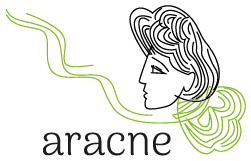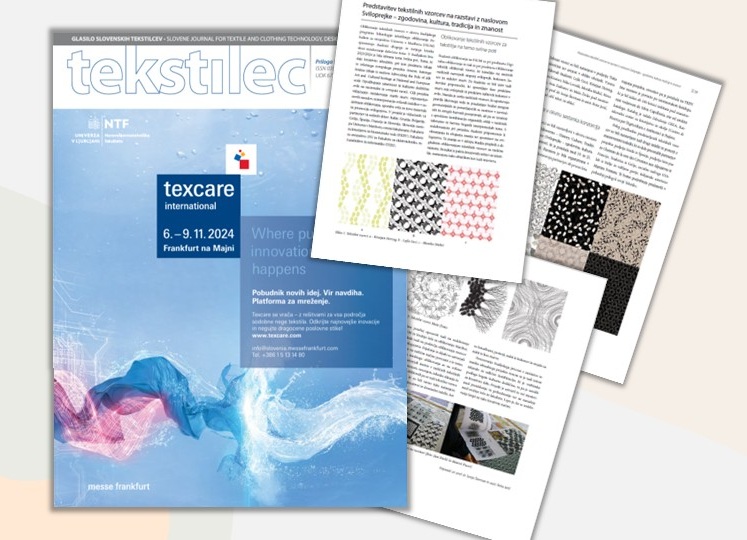At the heart of Europe’s silk tradition, the University of Maribor presented an extraordinary collection of textile samples during the exhibition “Sericulture – History, Culture, Tradition, and Science”, held from February 19 to 21, 2024, at the Faculty of Agriculture and Life Sciences (FKBV).
This exhibition, organized as part of the ARACNE European project, showcased the creative work of students from the Textile Design Technology program at the Faculty of Mechanical Engineering (FSUM). The young designers reinterpreted themes related to the Silk Road, creating samples inspired by the life stages of silkworms, cocoons, and mulberry trees. By using advanced digital techniques and innovative artistic approaches, they produced unique designs intended for textile collections in fashion and interior design.
Among the exhibition’s highlights were the works of Lejla Geci, Kristjan Herzog, Tinkara Kramer, Nika Levstik, Monika Muhič, Nives Munda, Ana Zadravec, and Maša Živko, created under the guidance of Associate Professor Dr. Sonja Šterman and Assistant Petra Jerič. The textile samples were printed by the Tiska company in Ajdovščina and displayed as fabric panels.
The exhibition takes its title from the commemorative catalog “Silkworms – History, Culture, Traditions, and Science”, published to celebrate the centenary of the CREA Institute in Padua, under the scientific direction of Dr. Silvia Capellozza. This catalog is included in a special publication attached to the scientific journal Tekstilec 2024, vol. 67 (Supplement 1).
In addition to the textile samples, the event showcased contributions from other international project partners, such as Imida (Spain), Séricyne and Chemins de la Soie (France), Tsiakiris (Greece), and the EVA Lab social cooperative (Italy), along with works by guest designer Martina Fontana.
A special aspect of this initiative was the collaboration with the Maribor High School of Design, where students experimented with various artistic techniques on silk, including felting, embroidery, painting, and shibori, creating innovative and creative items such as decorated scarves, posters, jewelry made from cocoons, and wooden mulberry jewelry stands.
The ARACNE project continues to weave together the past and the future, fostering creativity and strengthening ties between universities and high schools. This virtuous synergy contributes to the rediscovery and promotion of silk cultural heritage through new forms of contemporary expression.
Check out the special supplement published in Tekstilec and stay updated on the upcoming initiatives of the ARACNE project!
What is Tekstilec?
Tekstilec is a prestigious international journal dedicated to scientific and technological research on textiles and textile materials. It publishes academic articles on various topics, including material innovation, textile design, sustainable production techniques, and the preservation of textile heritage. Founded in Slovenia, the journal is a reference point for researchers, students, and industry professionals due to its interdisciplinary approach and focus on the latest trends in the textile sector.


